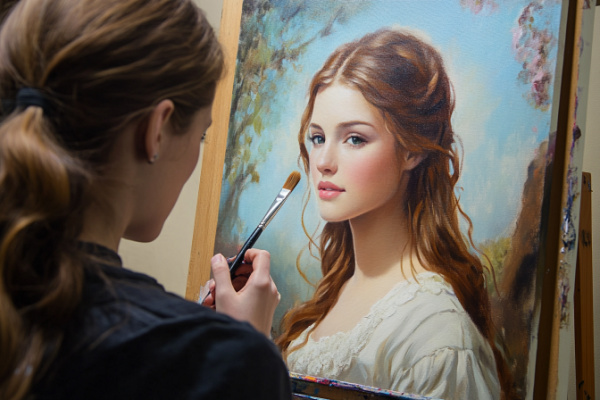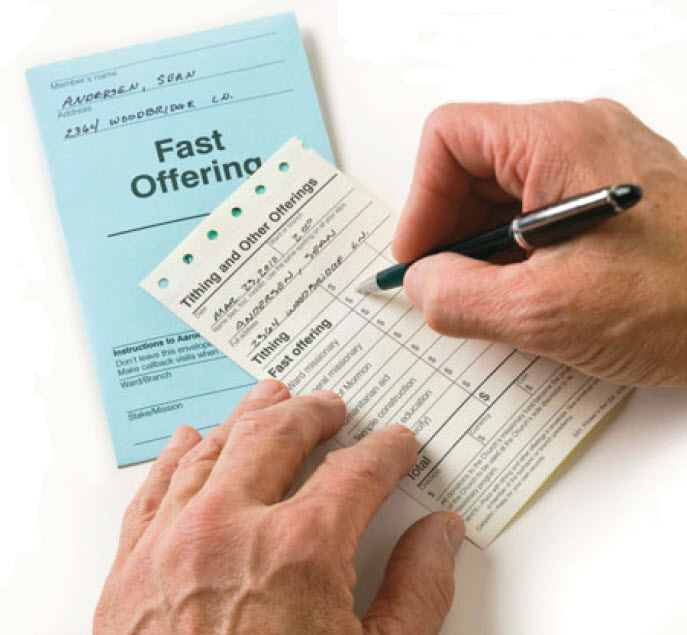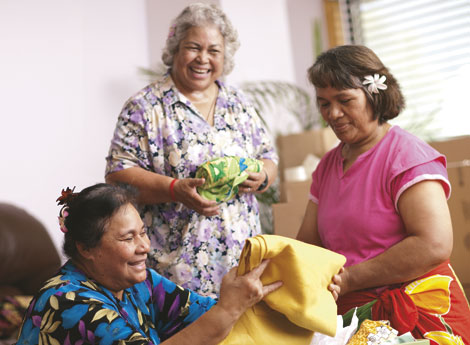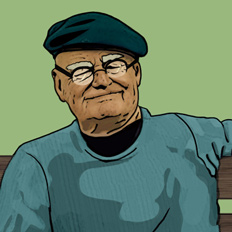Question
Gramps,
I have a quick question. Is becoming an art model against the church? The ones that art students draw to learn form and shading. Normally, I would think that it’d be ok, but you have to do it nude most of the time. Thank you for hearing me out!
Emilie
Answer
Emilie,
The portrayal of the human body in art is not a novel concept. Ancient civilizations, including the Greeks and Romans, revered the nude form, viewing it as a representation of ideal beauty and divine perfection. Renaissance artists like Leonardo da Vinci and Michelangelo further elevated nude art, emphasizing anatomical accuracy and expressive depth. These historical precedents highlight the enduring relationship between art and the human body, suggesting that nude modeling has long been considered an integral part of artistic endeavor.
In modern times, nude modeling continues to play a pivotal role in various art forms. Contemporary artists utilize the human form to challenge societal norms, explore identity, and convey complex emotions. This ongoing tradition underscores the relevance of nude modeling in fostering artistic innovation and cultural dialogue.
The decision to engage in nude modeling extends beyond artistic ambition; it encompasses ethical and moral dimensions. Different communities and belief systems offer varied perspectives on the appropriateness of revealing the human form in art.
For members of The Church of Jesus Christ of Latter-day Saints, modesty is a fundamental principle. The Church emphasizes the importance of maintaining dignity and respecting one’s body as a sacred creation. While the Church acknowledges the significance of art, it encourages individuals to navigate the balance between artistic expression and personal standards of modesty. This perspective raises important questions about the alignment of personal values with the demands of artistic pursuits that may involve nudity.
Moreover, societal views on nudity in art are diverse and evolving. What was once considered controversial may now be widely accepted, reflecting changes in cultural norms and values. However, the ethical debate persists, particularly concerning issues of consent, exploitation, and the portrayal of marginalized groups. These considerations necessitate a thoughtful approach to nude modeling, ensuring that it is conducted with respect, consent, and artistic integrity.
For individuals contemplating nude modeling, the decision can be fraught with personal challenges. Concerns about body image, societal judgment, and the potential impact on one’s reputation are common. The vulnerability inherent in nude modeling requires a high degree of self-confidence and resilience.
Additionally, young individuals might find it particularly challenging to navigate the expectations of appropriate attire and behavior, as highlighted by some critics. The comparison to refraining from activities deemed acceptable in other contexts, such as participating in college sports on Sundays, shows the complexity of maintaining personal standards amidst external pressures.
Despite these challenges, many art models find the experience empowering and fulfilling. The ability to contribute to artistic creation, celebrate the human form, and engage in meaningful self-expression can be profoundly rewarding. Supportive environments and clear communication with artists can mitigate some of the inherent risks, fostering a positive and respectful modeling experience.
Engaging in nude modeling also involves understanding and adhering to legal frameworks designed to protect both models and artists. Consent is paramount; models must be fully informed about the nature of the work, the intended use of their images, and their rights regarding the portrayal and distribution of their likeness.
Age restrictions are another critical aspect. Laws vary by jurisdiction, but generally, individuals must be of a certain age to participate in nude modeling, ensuring that consent is legally valid and that minors are adequately protected. These legal safeguards are essential in promoting ethical practices within the art community.
Furthermore, contracts and agreements can provide clarity and security for models, outlining the scope of work, compensation, and the handling of images. Such measures help establish trust and professionalism, reducing the likelihood of misunderstandings or exploitation.
Influential communities, such as The Church of Jesus Christ of Latter-day Saints, offer valuable perspectives on the appropriateness of nude modeling. As previously mentioned, the Church advocates for modesty and respect for the body, which can influence individual decisions regarding participation in nude art.
Leaders within the Church often emphasize the importance of aligning one’s actions with personal values and spiritual beliefs. This guidance can help members navigate complex decisions, balancing their artistic aspirations with their commitment to modesty and dignity.
In addition to religious perspectives, other cultural and societal viewpoints contribute to the broader conversation about nude modeling. The interplay of these diverse opinions shapes the discourse, reflecting a multifaceted understanding of art, morality, and personal agency.
Gramps







